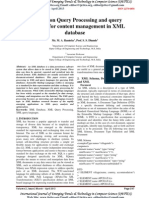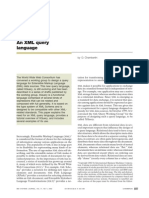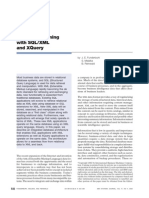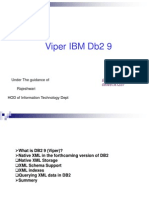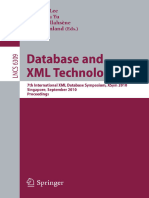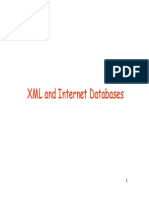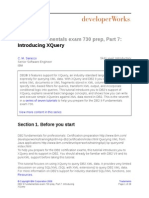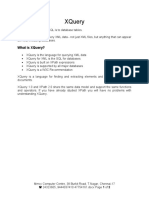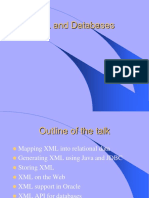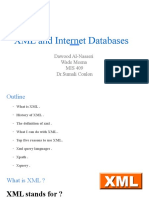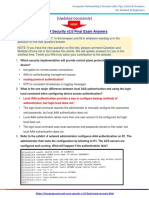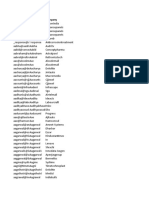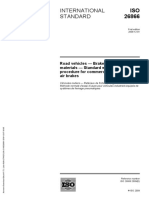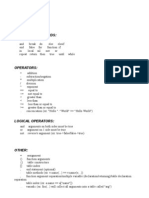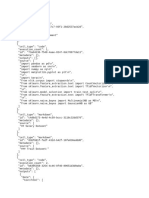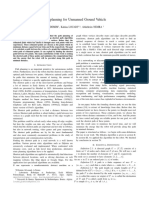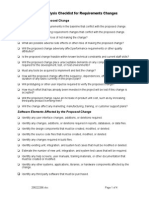0% found this document useful (0 votes)
7 views11 pagesResearch Print
This research paper review by Avishkar Sheake focuses on XML Query and Transformation technologies, specifically XQuery and XSLT, which are essential for managing and manipulating XML data. It discusses their development, core principles, performance optimization techniques, current trends, applications, and challenges. The paper emphasizes the importance of these technologies in data integration and web services, while also comparing them to other database models.
Uploaded by
Avishkar ShelakeCopyright
© © All Rights Reserved
We take content rights seriously. If you suspect this is your content, claim it here.
Available Formats
Download as DOCX, PDF, TXT or read online on Scribd
0% found this document useful (0 votes)
7 views11 pagesResearch Print
This research paper review by Avishkar Sheake focuses on XML Query and Transformation technologies, specifically XQuery and XSLT, which are essential for managing and manipulating XML data. It discusses their development, core principles, performance optimization techniques, current trends, applications, and challenges. The paper emphasizes the importance of these technologies in data integration and web services, while also comparing them to other database models.
Uploaded by
Avishkar ShelakeCopyright
© © All Rights Reserved
We take content rights seriously. If you suspect this is your content, claim it here.
Available Formats
Download as DOCX, PDF, TXT or read online on Scribd
/ 11

